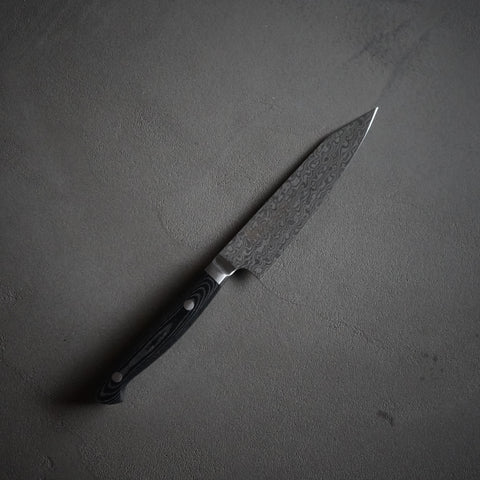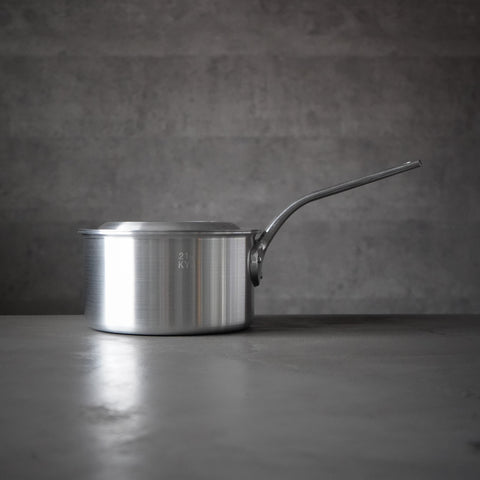
In the world of Japanese sweets, daifuku is a true classic—soft, chewy mochi wrapped around a sweet bean paste. But among its many variations, Strawberry Daifuku (Ichigo Daifuku) has captured hearts for its delightful balance of tart fruit and mellow sweetness. It’s a relatively new addition to the traditional wagashi world, emerging in the 1980s, but has quickly become a favorite, especially in spring when fresh strawberries are in season.
Today, we're going the authentic route—starting from scratch by making smooth koshi-an (strained red bean paste) before wrapping it all in pillowy mochi. This is the real deal, made for those who love to craft beautiful things by hand.
Let’s make this irresistible treat together!

Ingredients (for 10 pieces)
[Smooth bean paste]
・Red beans: 200g
・Sugar: 160g
・Salt: a pinch
・Water: 100ml
[Gyuhi]
・Mochi flour (or shiratamako flour): 200g
・Sugar: 60g
・Water: 200ml
others
・Strawberries: 10
・Cornstarch (or potato starch): appropriate amount (for dusting)
How to make it
1. Make the smooth bean paste
1.Wash the red beans and put them in a pot with plenty of water and bring to a boil. Once boiling, turn off the heat, cover, and leave for 20 minutes before discarding the water (remove the bitterness).

2.Put the beans and five times the amount of water back into the pot and simmer for about 50 minutes while skimming off the scum. When the beans are soft enough to be mashed, turn off the heat, cover and leave to steam for 30 minutes.

3.Pour into a colander, mash with a wooden spatula while straining, remove the skin, and then strain a second time through a fine strainer.
 4.Put it in a bowl, add water, and leave for 15 minutes. Discard the top layer, wrap it in a cloth and squeeze out the water thoroughly to finish off the "fresh bean paste."
4.Put it in a bowl, add water, and leave for 15 minutes. Discard the top layer, wrap it in a cloth and squeeze out the water thoroughly to finish off the "fresh bean paste."
 5.Heat 100ml of water, 160g of sugar, and a pinch of salt in a pot. Once dissolved, add the raw bean paste and knead with a rubber spatula. Once it reaches the desired consistency, transfer to a tray and let cool.
5.Heat 100ml of water, 160g of sugar, and a pinch of salt in a pot. Once dissolved, add the raw bean paste and knead with a rubber spatula. Once it reaches the desired consistency, transfer to a tray and let cool. 
2. Make the gyuhi
1.Mix mochi flour, sugar and water in a bowl.
2.Heat in the microwave (600W) for 2 minutes → mix → repeat reheating and mixing while checking the condition to adjust the texture to be chewy.
3.Spread the gyuhi on a floured tray, dust the surface with flour as well, and chill in the refrigerator.
3. Wrapping
1.Remove the stems from the strawberries and evenly wrap them in the sweet bean paste.
2.Divide the gyuhi into 10 equal parts and use each to wrap a strawberry filling. If it sticks to your hands easily, use more cornstarch to make it easier to work with.
Tips & Notes
・If your red bean paste tastes too sharp or bitter after cooking, try boiling the strawberries briefly and draining them before wrapping.The pink hue of some new ginger can help color your gari naturally. (Oops, that was from another blog! 😉 Back to daifuku!)How to Make Gari – Sushi Ginger at Home
・For the best texture, enjoy your strawberry daifuku within the same day.
・These treats are especially popular in spring when strawberries are in peak season in Japan.
Final Words
Making Strawberry Daifuku from scratch may take a little time, but the result is something special—sweet, soft, and a little bit magical. Whether you're crafting them for a seasonal celebration or just to savor a quiet moment, this recipe brings a piece of Japanese tradition right into your kitchen.
Why not give it a try? You might just find yourself making them every spring.
















